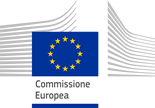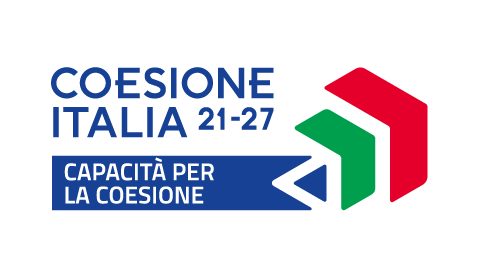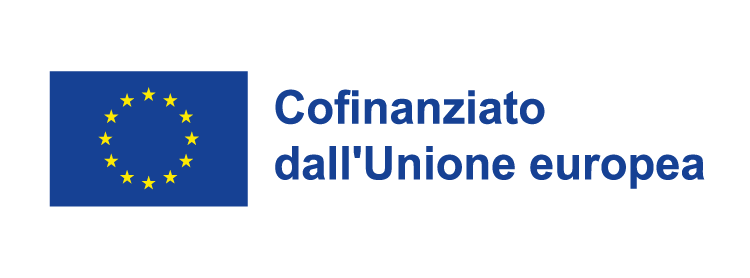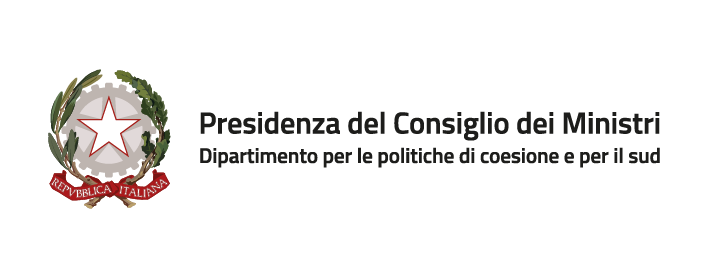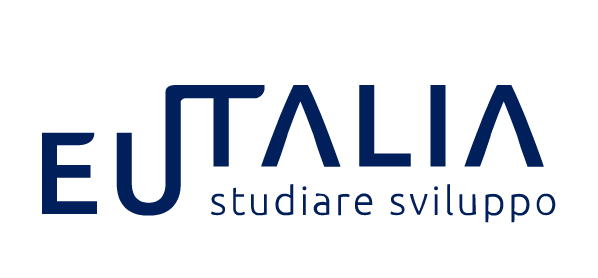We are the students class 3ASA, Liceo Scientifico Scienze Applicate, of the secondary school IIS Volterra Elia in Ancona, Italy. Together with a Croatian school, located in Duga Resa, we have chosen to monitor a European project called Stream, which stands for strategic development of flood management.
The project deals with the prevention of human and socio-economic losses in flood risk areas, and as our territory has been affected recently, but even in the past, by huge flooding disasters, we felt particularly involved in this activity.
Because of climate change, scientists predict that there will be more and more flooding problems caused by extreme weather conditions. Unfortunately, the Italian territory has a high hydrogeological risk and in the last thirteen years about 510 floods have been registered.
Among its different goals, Stream project aims both to improve flood management, by implementing effective early warning systems, and to raise awareness of citizens in case of such tragic events, to avoid new losses.
The monitoring activity has been developed in different steps. First, we have collected many data, usually open data, as follows:
-the project is financed by the EU for a total budget of € 9,411,657.83;
-the project involves 15 partners (mainly Italian regions on the Adriatic coast and some Croatian areas), leading partner is Agency ZADRA NOVA;
-the project is divided into 9 pilot actions; each partner has specific actions to take in order to achieve its specific designed goal;
-the project started on 01.04.2020 and it’s due to end on 30.06.2023.
To start with, we organized ourselves into teams, each one with a specific role, and met online our Croatian partner to share opinions and choose a shared project; besides that, we agreed on a common logo and name for our group.
The very first step of our monitoring activity was to collect information on reliable websites and open data sources, using a top-down approach. We started to gather data about the macro region of the Italian and Croatia areas involved in the Interegg Italy-Croatia project and then we zoomed in on our regional territory and province of Ancona.
The next step was to analyze the collected data. For this reason, we were given a great help by some local partners of the Stream project, in particular the Protezione civile of Marche Region and the Politechnical University of Ancona, Department of Information Engineering, as well as by the Europe Direct center and the Joint secretariat. Thanks to their contribution, we were introduced to the development and use of electronic sensors to monitor the rise of surface waters, as well as the development of forecast models; to EU funds and cross-borders cooperation, which implies a joint development and sharing of knowledge and human resources, together with increasing capabilities in the use of new technology. To better focus on our civic monitoring, we managed to organize different meetings and an interview with some experts of the Stream project in our Region.
We learnt that 97% of the financial budget given to our Region has already been used: there are 100 sensors that keep on monitoring over 1000 km of rivers in our region along with 20 video cameras which can control remotely the hydro rods installed along the riverbanks. These devices send information to the Protezione civile and the collected data are processed and through an AI it’s possible to create a model for an early alert system in case of floods.
Moverover, thanks to Stream 916 students, 551 volunteers and 31 agents of Protezione civile have been made aware of the safest behaviour to keep in such dangerous situations.
The STREAM project hasn’t finished yet so we can’t see its final results, but the team is sure that our area will benefit in term of avoiding future human and economic losses.
One of the problems of this project is the fact that’s difficult to create a plan that matches with all the peculiarities for each involved territory.
The project is achieving its main goals: development and use of sensors to monitor the rise of surface water, development of forecasting models and awareness of the population towards correct behaviour in case of floods. Analysing Misa River, which was subject to sudden floods, the sensors have worked properly to monitor in real time the water level of the river.
Our Team believes that the monitored project can be made more efficient in the future by providing scheduled and regular updates of both the river sensors and the forecast models. We also suggest that the partners continue to cooperate in a synergic and structural way even after the conclusion of the project itself, not only from an operational point of view, but also, in continuing the work of raising awareness and training of the population, on the right behaviour to be adopted in the event of a hydrogeological failure.
This project has helped our group to understand better the problems of our territory and their possible solutions. With the help of our team’s social media and the interview made in collaboration with the RAI, we strongly believe that only through information sharing, education of the local community and an ongoing coordination and knowledge exchange, flood risks can be prevented and even solved.












